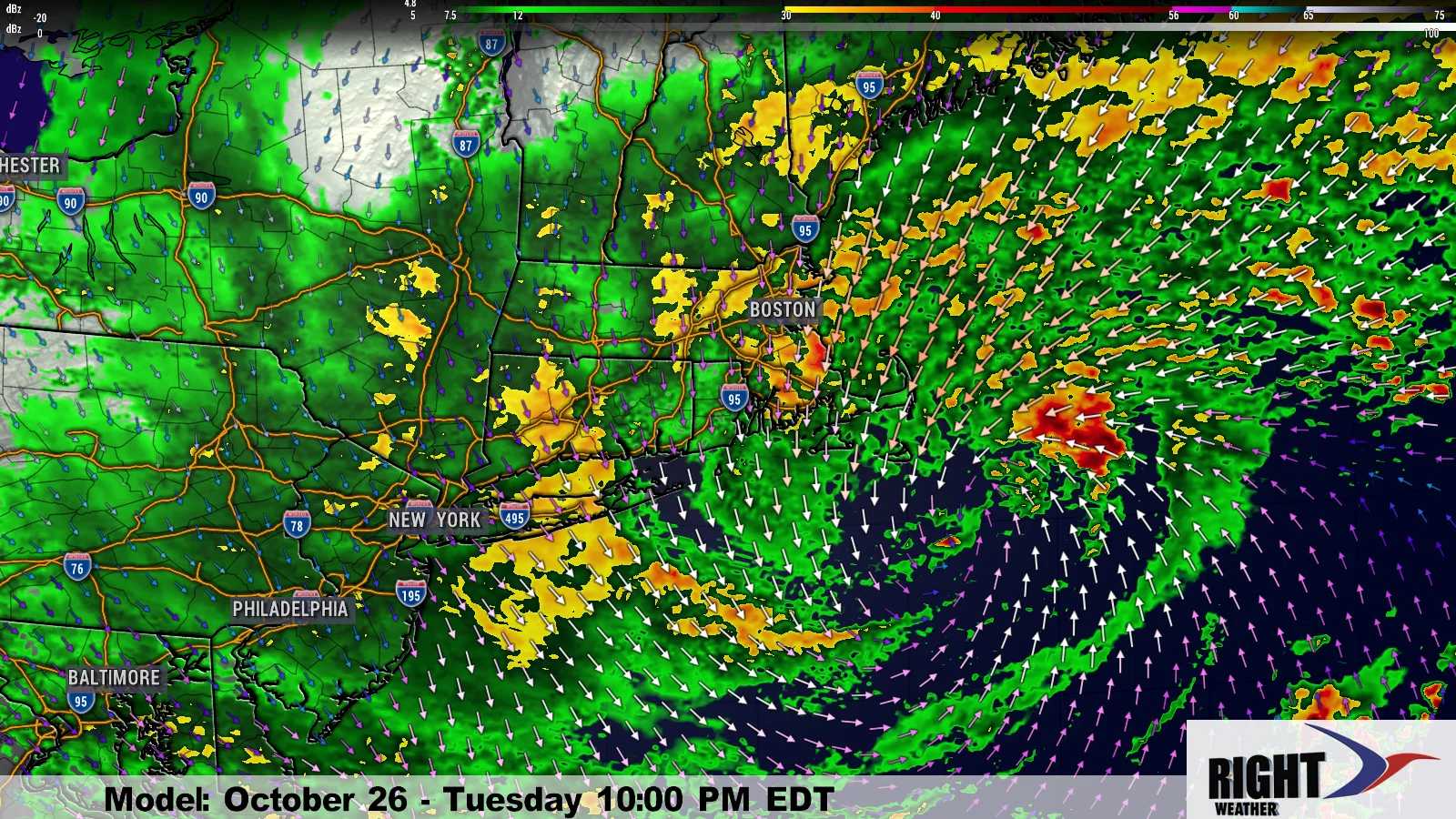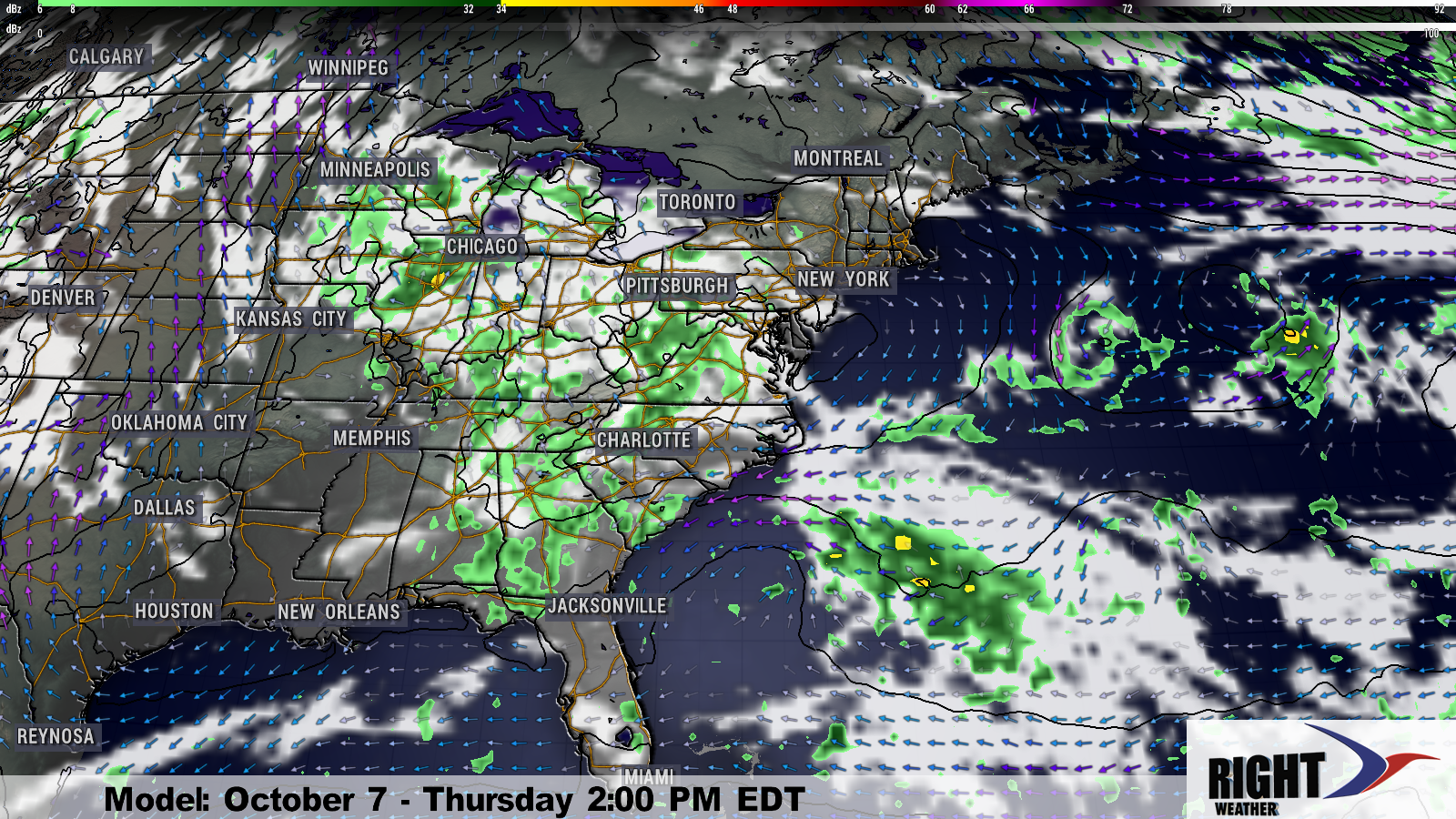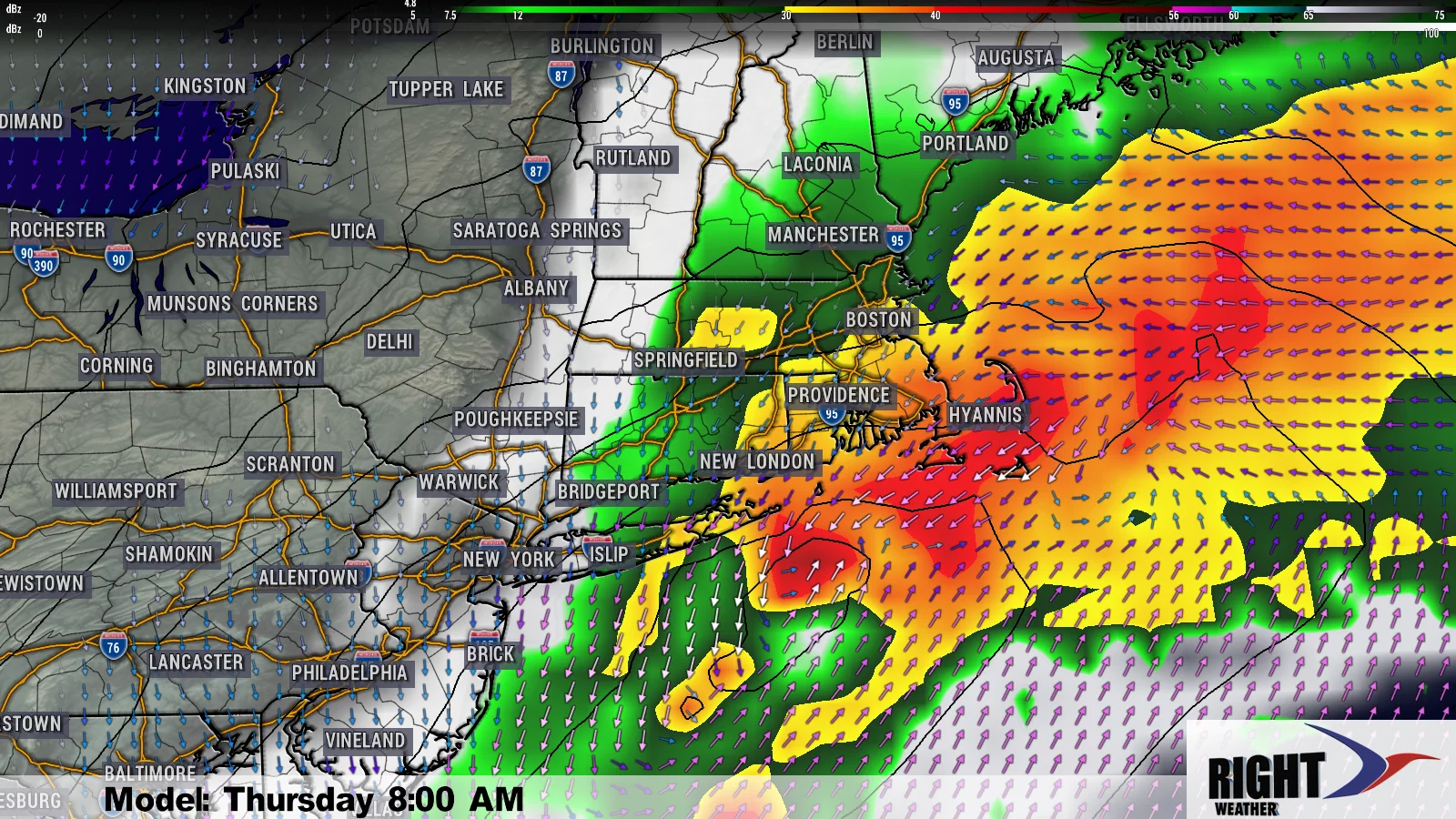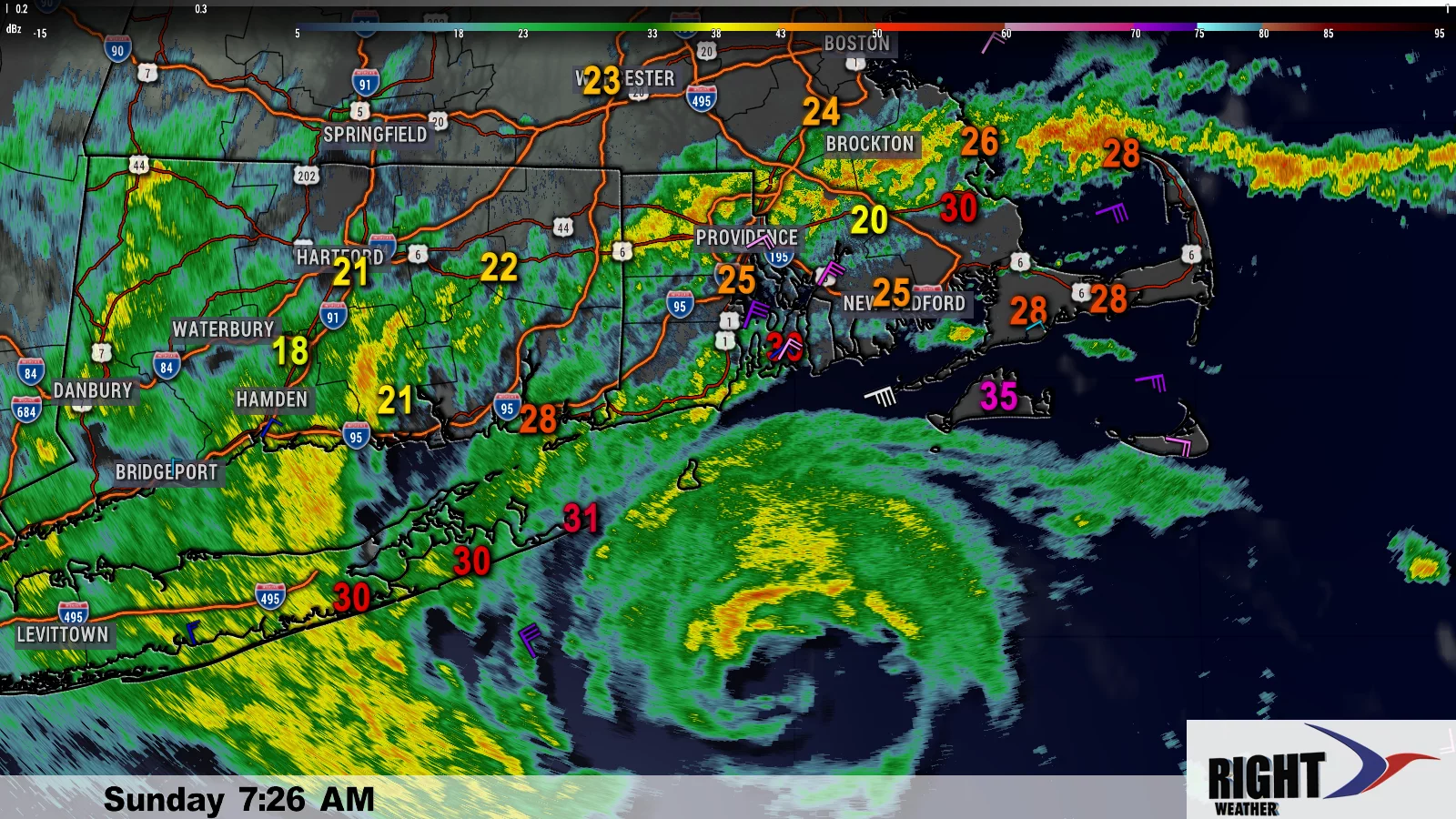The underrated Geminid meteor shower will peak tonight, and the conditions will be near perfect in the Northeast to get a look at an estimated 50-100 meteors per hour. There is a new moon so that guarantees a nice, dark sky, which is better for seeing stars and meteors. Of course, if there are clouds that inhibits the viewing, but the sky over the Northeast should be clear. It also will not be terribly cold, with temperature dropping into the 20s late at night. Here are a few Geminid viewing tips.
- Some meteors may be visible in the evening, but your best bet for seeing meteors is after midnight and before dawn. Consider trying to center your meteor viewing around 2am.
- It is best to get away from city lights. The darker the area you are in, the easier it will be to see the stars and meteors
- Give your eyes time to adjust to the night sky. If you plan on viewing at 2 am, it’s probably best to head out at 130 am to give your eyes a chance to adjust to the dark.
- The Geminids will streak across the sky, but if you trace them back to where they came from, they stream from the constellation Gemini.
- Gemini will appear in the eastern sky in the evening, be overhead by shortly after midnight, and will be in the west late at night.
- The radiant point is near the star Castor, which is one of the brightest stars in the night sky.
- Five planets will be visible tonight: Mars and Jupiter are visible in the evening, Saturn rises around 4 am, and Venus and Mercury rise just before dawn.
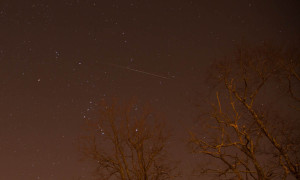
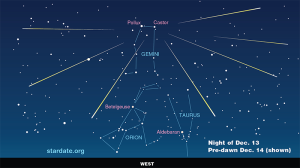
More about the origination of the Geminids from nasa.gov
Geminids are pieces of debris from an object called 3200 Phaethon. Long thought to be an asteroid, Phaethon is now classified as an extinct comet. Basically it is the rocky skeleton of a comet that lost its ice after too many close encounters with the sun. Earth runs into a stream of debris from 3200 Phaethon every year in mid-December, causing meteors to fly from the constellation Gemini. When the Geminids first appeared in the early 19th century, shortly before the U.S. Civil War, the shower was weak and attracted little attention. There was no hint that it would ever become a major display.
